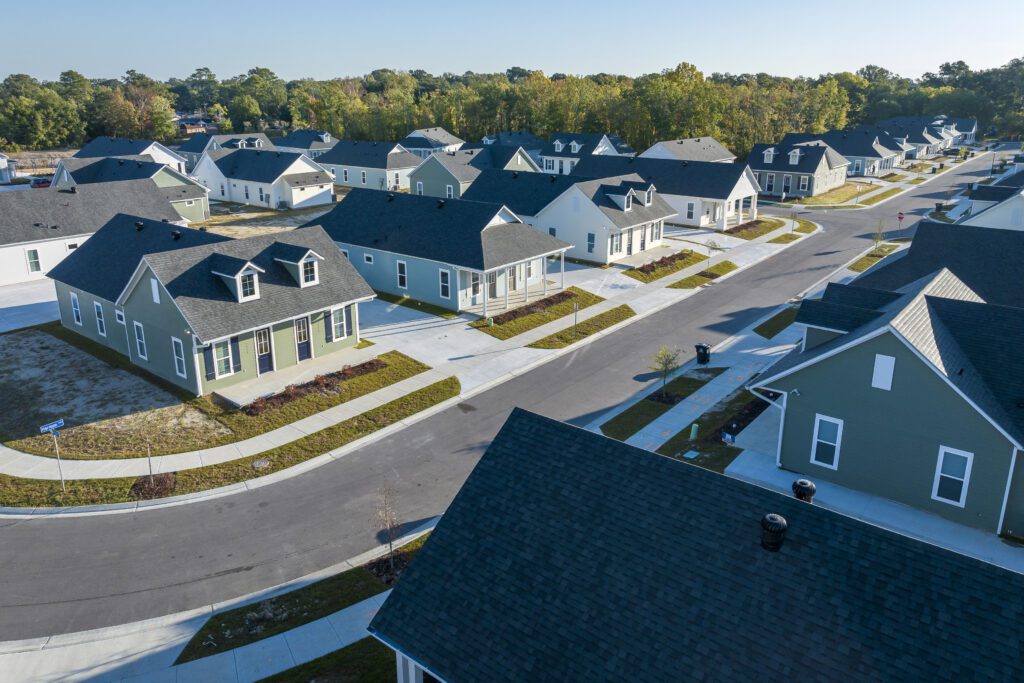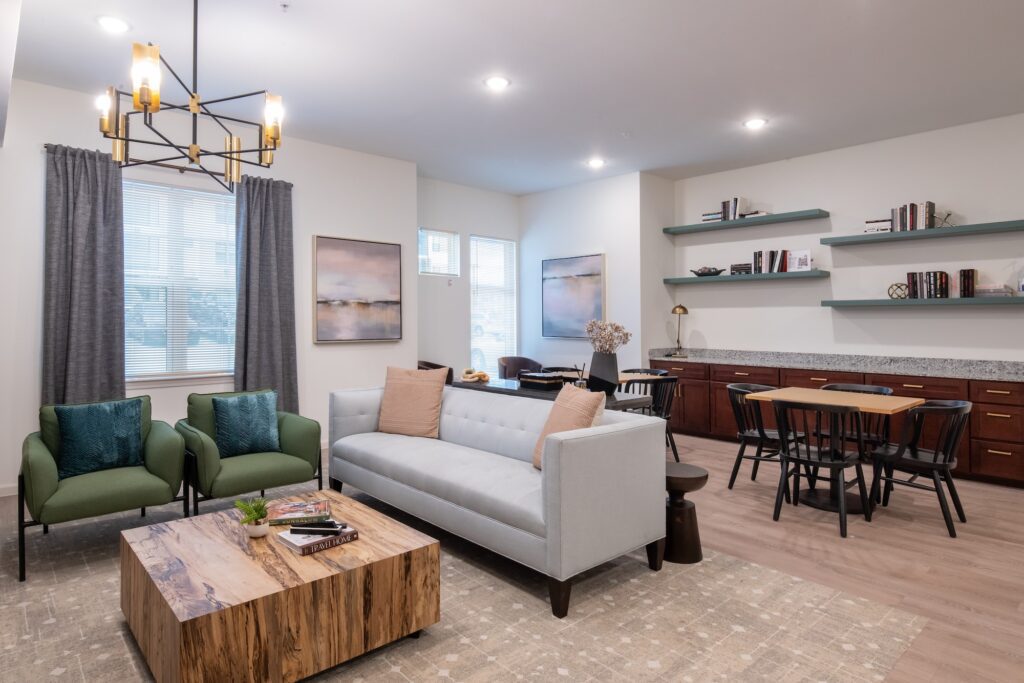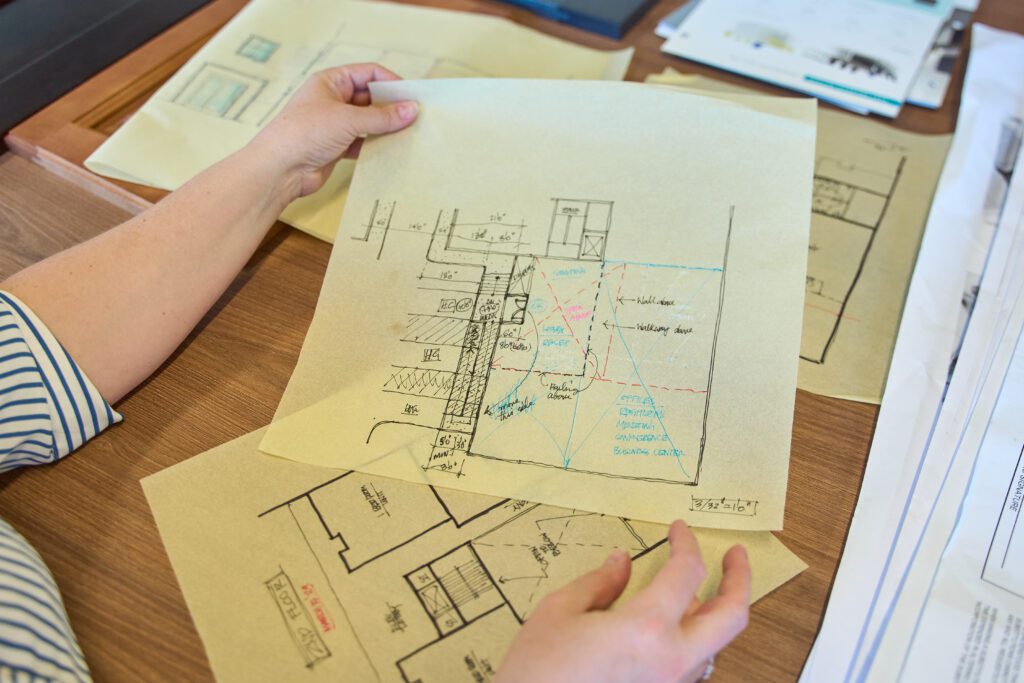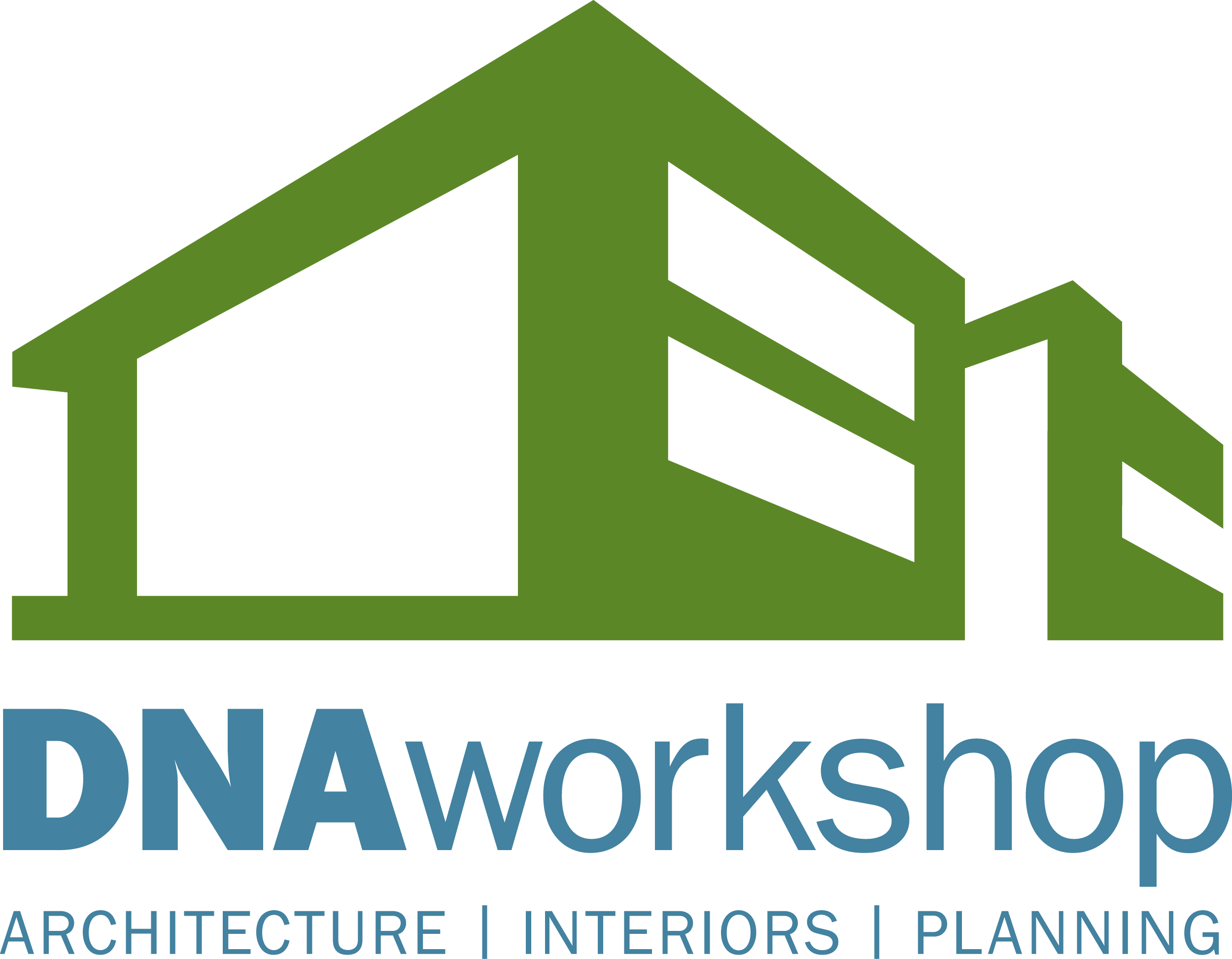The High-Efficiency Electric Home Rebate Act (HEEHRA) represents a significant step forward in promoting affordable housing in the United States. As architects and developers work to leverage the benefits of this legislation, they must consider various design strategies that not only comply with HEEHRA’s guidelines but also enhance the livability and sustainability of multifamily developments. This blog will explore key design strategies that can be effectively implemented under HEEHRA to create affordable, energy-efficient, and community-friendly housing solutions. The HEEHRA provides for real dollars that can allow developers to provide a much better product that is more valuable without any additional cost.
1. Maximizing Energy Efficiency
Under HEEHRA, a major focus is placed on reducing the carbon footprint of new housing developments. To this end, architects should prioritize:

- Building Orientation and Layout: Positioning buildings to maximize natural light can significantly reduce lighting costs. Proper orientation can also aid in heating and cooling, lowering overall energy consumption.
- Insulation and Materials: Using high-performance insulation and materials that exceed the minimum energy codes can substantially boost energy efficiency. Materials such as triple-glazed windows or insulated exterior systems can be crucial.
- Renewable Energy Sources: Integrating solar panels, wind turbines, and other renewable energy sources can reduce dependence on non-renewable energy and lower utility bills for residents.
2. Utilizing Cost-Effective Construction Techniques
Affordability in construction is paramount under HEEHRA. Implementing cost-effective building techniques can keep the projects within budget without compromising quality:
- Modular Construction: This method allows components of the buildings to be manufactured off-site in a controlled environment, reducing waste and speeding up construction times.
- Simplified Design Elements: Simplifying architectural designs without sacrificing aesthetics can reduce material costs and construction complexity.
3. Enhancing Resident Quality of Life

While affordability is key, enhancing the quality of life for residents is equally important:
- Community Spaces: Including shared amenities such as community gardens, playgrounds, and multipurpose rooms can enhance the living experience and foster a sense of community.
- Accessibility and Inclusivity: Designing for accessibility not only complies with legal requirements but ensures that the housing is inclusive for all demographics, including the elderly and those with disabilities.
4. Integrating Smart Home Technologies
Smart home technologies can enhance energy efficiency and provide residents with tools to manage their utility usage effectively:
- Energy Management Systems: These systems allow residents and property managers to monitor and control energy usage more efficiently.
- Water Conservation Technologies: Installing smart water meters and water-efficient fixtures can help reduce overall water usage, benefiting both the environment and the economy.
5. Focus on Sustainable Land Use
The choice of location and the way the land is utilized are crucial under HEEHRA:
- Brownfield Redevelopment: Developing on previously used land that may have been contaminated but has since been cleared can reduce environmental impact and make use of existing infrastructures, such as roads and utilities.
- Integration with Public Transport: Situating developments near public transport links can decrease residents’ reliance on personal vehicles, reducing traffic and pollution.

Benefits of Leveraging the HEEHRA Program
The financial aspects of HEEHRA are designed to make it more attractive for developers to engage in the creation and rehabilitation of affordable housing that is also energy-efficient. Through a combination of grants, tax credits, low-interest loans, and other financial incentives, HEEHRA aims to address the dual challenges of housing affordability and environmental sustainability. These incentives not only help in covering initial costs but also ensure long-term viability and cost-effectiveness for developers and residents alike. The following is an explanation of some of the financial benefits of leveraging the HEEHRA program:
1. Grants and Subsidies
HEEHRA offers grants and subsidies to developers and builders who undertake projects that align with the goals of the legislation. These financial incentives are aimed at covering a portion of the costs associated with building energy-efficient and sustainable housing. The grants may cover costs like the installation of energy-efficient systems, the use of sustainable materials, and the implementation of innovative construction techniques.
2. Tax Credits
Tax credits are a significant component of HEEHRA. These credits are provided to developers to encourage the construction or rehabilitation of affordable housing that meets specific energy efficiency standards. Tax credits can significantly reduce the tax liability of developers, making it more financially viable to invest in and construct affordable housing projects.
3. Low-Interest Loans
HEEHRA may offer low-interest loans to developers and housing authorities to finance affordable housing projects. These loans are typically offered at below-market interest rates, making it cheaper to borrow money for project development. This can be particularly helpful for covering upfront costs that might otherwise be prohibitive.
4. Public-Private Partnerships
HEEHRA encourages public-private partnerships by providing financial incentives for private developers to collaborate with public agencies. These partnerships can leverage public funds to attract private investment, thus increasing the overall funding pool available for affordable housing projects.
5. Rehabilitation Assistance
For existing buildings, HEEHRA offers financial assistance for rehabilitation efforts. This can include upgrading insulation, installing energy-efficient windows, and retrofitting heating and cooling systems to reduce energy consumption and improve the living conditions of residents.
6. Compliance Bonuses
Developers who exceed the minimum standards set by HEEHRA for energy efficiency and sustainability may be eligible for additional financial rewards. These bonuses are intended to push the boundaries of what is typically achieved in affordable housing and to promote best practices in the industry.
7. Operational Cost Reduction
By focusing on energy efficiency, buildings developed under HEEHRA guidelines can have lower operational costs. This reduction can translate to lower utility bills for residents and lower maintenance costs for building operators, which can make affordable housing projects more financially sustainable over the long term.
Conclusion
Adopting these design strategies under HEEHRA not only helps meet legislative requirements but also contributes to the broader goal of creating sustainable, affordable housing solutions. As we continue to face housing challenges, innovative approaches such as those outlined above will be essential in shaping the future of urban development. By focusing on energy efficiency, cost-effective construction, resident quality of life, smart technologies, and sustainable land use, developers and architects can create multifamily developments that are both affordable and desirable places to live. We at DNA workshop are in a unique position of understanding how to leverage programs such as the HEEHRA to get the best product at the best all in cost which allows us the opportunity to work with developers to provide a superior product to their tenants while adding value through the utilization of government incentive programs.

Ready to explore the benefits of HEEHRA in your next Affordable Housing Project?
Our Architects are here to help you put together the pieces and maximize your ROI. Contact us to learn more.

